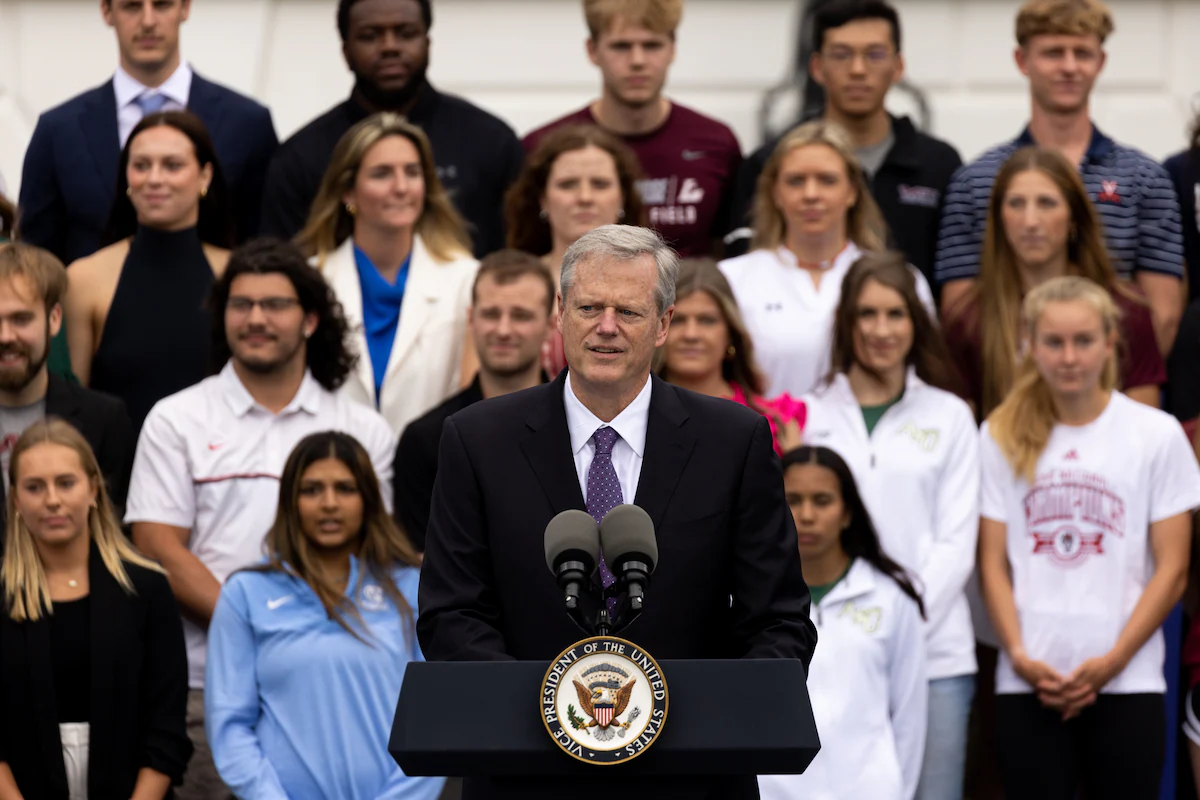How to stay in shape during the holiday season
It’s that time of year again. Students are drowning in tests, haven’t slept in days and mountains of gingerbread cookies and other tempting Christmas treats will soon be staring students in the face. What’s a college student to do?
Unbeknownst to many, there are many resources at Saint Louis University to help students stay healthy, even at the end of the semester.
This past August, the first SLU Student Health 101 online magazine was sent to SLU students.
The purpose of the magazine was “[to encourage] students to tap into a wide variety of campus and national sources to better educate themselves on all aspects of healthy living,” Khannie Dastgah, aquatics and wellness coordinator, said.
Many groups on campus that have tried to promote wellness and healthy living have had trouble spreading their message. This initiative was yet another way for students to connect to other like-minded students. One of the biggest challenges for incoming students is the lifestyle adjustment and making healthy choices in their new, hectic lifestyle.
“The fitness programs are hard to fit into my schedule, and it’s all too easy to ignore my body when medical school applications are breathing down my neck,” junior Karena Nguyen said, echoing the sentiments of many students trying to balance healthy living with a frenetic academic schedule.
According to Dastgah, the most prevalent difficulties for new college students include, “sleep deprivation, stress relief, time management, budgeting money and financial stability, peer pressure and making healthy choices regarding alcohol, tobacco and illegal drugs.”
While Simon Recreation Center offers access to an array of equipment and amenities, its offerings go well beyond the physical resources many students enjoy.
Besides the traditional weightlifting, treadmill-running and elliptical-prancing, Simon Recreation Center offers a plethora of alternatives for students not interested in subjecting
themselves to the monotonous white noise of a spinning treadmill.
Currently, 32 club sports teams are registered with the Student Government Association and Department of Recreation. Club swimming was added this past August and recently had their first meet at the University of Missouri.
These clubs provide students “with an interest to practice and play competitively” and an opportunity to compete at a more competitive level, as club golf founder Joe Valentine said.
The club sports range from the usual, such as volleyball and lacrosse, to the borderline obscure, like Tai Chi and the Wilderness Adventure Club, the latter meant for “camping, hiking, cycling, rock climbing, canoeing, skiing, caving—whatever activities our members choose,” according to their website.
However, for many students a club sport is still too much of a time commitment.
Simon Recreation Center offers numerous intramural sports for casual competitors. They are even divided into multiple leagues for Greeks, coed teams and varying levels of competitiveness. The competitive “A” leagues are not for the faint of heart though; some intramural referees say they have even disqualified teams for bringing back superstars that graduated long ago.
In additional to intramural, Simon Recreation Center offers a variety of programs and classes.
“There’s something for everyone, from aquatics classes, to yoga, pilates, spinning, hip-hop, zumba, ballroom and salsa,” Dastgah said.
Simon Recreation Center has instituted a more inclusive class fee. Registrants pay a one-time fee for an all-access pass to any fitness classes offered during the season. This gives those unsure of what class to participate in the opportunity to do a bit of shopping and sampling, figuring out which class best suits their interests and abilities.
The most well-known problems facing college students, though, are the diet issues resulting from the new environment. No longer can moms force their children to eat their peas, and those chicken nuggets at Griesedieck Dining Hall are all-too-inviting, even for breakfast.
“In terms of obtaining fresh produce, you’re limited to bananas, oranges and apples… everything you get for your meal plan is pretty much processed food,” Nguyen said.
Multiple associations on campus have been working to remedy this though, the first being Billiken Dining Services, promoting events like “National Eating Healthy Day” at Griesidieck, highlighted by special promotions and “heart healthy meals” like spinach and strawberry salads and fresh fruits.
Simon Recreation Center now works with Chartwells, the provider of dining services on campus, to promote healthier choices and provide more options for health-conscious students. The two collaborate to organize events to achieve their common goals. Professionals from Simon Recreation Center provide health, fitness and wellness information to students, while Billiken Dining Services cooks up healthy, alternative meals.
“In the past five years, the healthy options on campus have drastically increased and improved. Many people believe that campus food or cafeteria food isn’t always going to be the healthiest; however, taking an active role in your nutrition can help you realize that healthy options are available at all SLU dining facilities,” Dastgah said.
Of course, one of the most chic culinary offerings on SLU’s campus is Fresh Gatherings Café in the Doisy College of Health Sciences, which is operated by the Department of Nutrition and Dietetics. The goal of the café is to be “eco-friendly, support local farmers and provide the patrons with menu items using local products,” according to their website. The café also operates an organic farm on campus. The menu has diverse offerings, from grab-and-go salads to smoothies. The most unique of these offerings is the Harvest Market that Fresh Gatherings hosts on Fridays during the fall.
One of the largest cooperative events among groups at SLU is the annual “Good Eats, Good Health,” which will be held on Wednesday, Jan. 30. The free event brings together a variety of on- and off-campus organizations to make students aware of “healthy businesses and food alternatives around SLU,” as Dastgah phrased it.
While it is easy for students to dismiss their culpability in making healthy choices, the new reality is that college campuses nationwide have gone to great lengths to provide the resources to live a healthy lifestyle. The responsibility for making good decisions and utilizing the available resources falls on the student.









